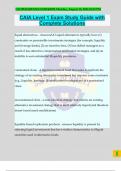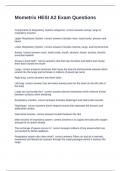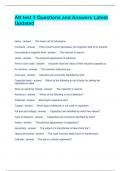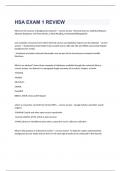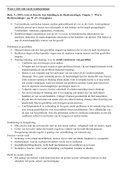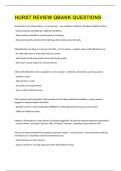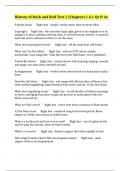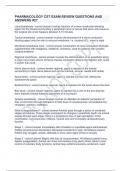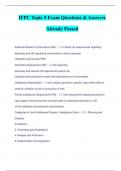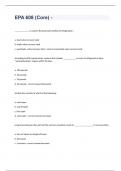Exam (elaborations)
CAIA Level 1 Exam Study Guide with Complete Solutions
- Course
- Institution
CAIA Level 1 Exam Study Guide with Complete Solutions liquid alternatives - Answer️️ -Liquid alternatives typically have (1) constraints on permissible investments strategies (for example, liquidity and leverage limits), (2) no incentive fees, (3) less skilled managers as a result of less ...
[Show more]
